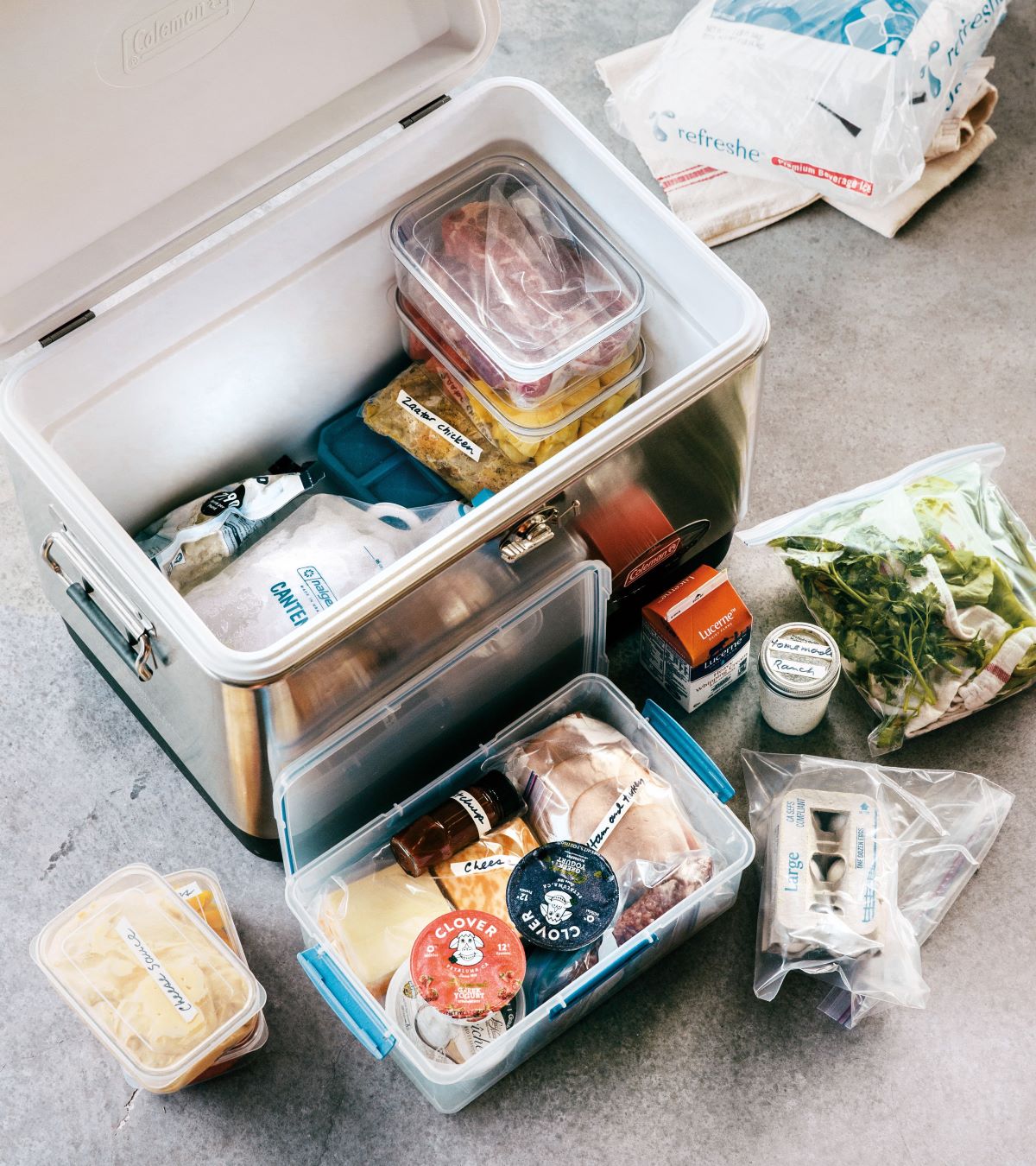

Articles
How To Store Food In Cooler
Modified: March 2, 2024
Learn the best techniques and tips for storing food in a cooler to keep it fresh and safe for longer periods. Explore our informative collection of articles on food storage.
(Many of the links in this article redirect to a specific reviewed product. Your purchase of these products through affiliate links helps to generate commission for Storables.com, at no extra cost. Learn more)
Introduction
When going on a camping trip, picnic, or any outdoor adventure, having a cooler to store food is essential. A cooler keeps your perishable items fresh and prevents them from spoiling in the heat. However, properly storing food in a cooler requires more than just tossing items in and hoping for the best. With the right techniques, you can maximize the lifespan of your food and ensure its safety.
In this article, we will guide you through the process of storing food in a cooler effectively. From choosing the right cooler to maintaining temperature, we will cover all the necessary steps to keep your food fresh and safe during your outdoor escapades.
So, let’s dive in and discover how to store food in a cooler like a pro!
Key Takeaways:
- Choose the right cooler size, insulation, and durability for effective food storage. Pre-cool and organize your cooler to maintain freshness and prevent spoilage during outdoor adventures.
- Properly handle ice, maintain temperature, and practice good hygiene to ensure food safety and freshness in your cooler. Follow guidelines for storing different food types and enjoy delicious meals on your outdoor escapades.
Read more: How To Store Coolers
Choosing the Right Cooler
Before diving into the details of storing food in a cooler, it’s important to select the right cooler for your needs. Here are a few factors to consider:
- Size: Choose a cooler with enough capacity to accommodate the amount of food you plan to store. Consider the duration of your trip and the number of people you’ll be feeding to determine the appropriate size.
- Insulation: Look for coolers with good insulation properties. Insulation helps maintain the temperature inside the cooler and keeps your food fresh for longer periods. Coolers with thick walls and tight seals are ideal.
- Durability: Opt for a cooler made of durable materials that can withstand rugged outdoor conditions. Look for features like sturdy handles, reinforced hinges, and high-quality construction.
- Portability: Consider the weight and design of the cooler. If you’ll be carrying it for long distances or on challenging terrain, a lightweight and easy-to-carry cooler will be more convenient.
- Ice Retention: Check the ice retention capabilities of the cooler. A cooler that can keep ice frozen for extended periods is essential, especially if you’ll be away from a reliable source of fresh ice.
Additionally, it’s worth considering any specific features or accessories that may be useful for your needs. This could include built-in cup holders, drainage plugs, or compartments for organizing different types of food.
By carefully selecting the right cooler, you can lay a solid foundation for effective food storage during your outdoor adventures.
Preparing the Cooler
Once you have chosen the right cooler, it is important to properly prepare it before storing your food. Follow these steps to ensure your cooler is clean and ready:
- Clean the Cooler: Start by cleaning the cooler with mild soap and water. Rinse it thoroughly to remove any soap residue. Pay special attention to any crevices or corners where food particles can hide.
- Sanitize: After cleaning, sanitize the cooler to eliminate any remaining bacteria. You can use a mixture of water and vinegar or a food-safe sanitizer. Wipe down all surfaces and let it air dry completely.
- Pre-Cool: Before adding your food, pre-cool the cooler. Fill it with ice or ice packs and let it sit for a couple of hours. This helps lower the temperature of the cooler and improves its overall efficiency.
It is important to note that you should never store food in a cooler that has not been thoroughly cleaned and sanitized. Bacteria from previous uses can contaminate the food and cause food poisoning.
By taking the time to properly prepare your cooler, you can ensure a clean and safe environment for storing your food.
Organizing the Cooler
Properly organizing your cooler can make a significant difference in preserving the freshness and quality of your food. Here are some tips for organizing your cooler:
- Layering: Start by lining the bottom of the cooler with a layer of ice packs or frozen water bottles. This helps keep the overall temperature low and provides a solid base for your food.
- Separate Items: Keep raw meat, poultry, and seafood separate from other food items to prevent cross-contamination. Use sealed containers or plastic bags to avoid any leakage.
- Group Similar Items: Organize your food into groups based on their category, such as fruits, vegetables, condiments, and beverages. This makes it easier to locate items and prevents unnecessary digging around in the cooler.
- Utilize Dividers: If your cooler has built-in dividers or compartments, take advantage of them to keep different types of food separated and organized.
- Load Smartly: Load items in a strategic manner, starting with heavy items at the bottom and lighter items on top. This creates stability and prevents crushing delicate items.
- Optimize Space: Use the available space efficiently by filling gaps with extra ice packs or tightly rolled towels. This helps maintain the overall temperature inside the cooler.
Remember, it is crucial to access the cooler with minimal opening to retain the cold temperature. Limit the number of times you open the cooler to prevent warm air from entering and compromising the freshness of your food.
By organizing your cooler properly, you can ensure that your food stays fresh, easily accessible, and well-preserved throughout your outdoor adventure.
Storing Dry Goods
When it comes to storing dry goods in a cooler, there are a few key considerations to keep in mind:
- Sealed Containers: Place dry goods such as snacks, bread, and crackers in sealed containers or resealable bags. This helps prevent moisture and humidity from affecting the quality of the items.
- Elevation: Store dry goods on top of other items in the cooler. This will protect them from any potential contact with ice or water that may accumulate at the bottom of the cooler.
- Keep Cool: While dry goods may not require the same level of refrigeration as perishable items, it is still important to keep them cool. Make sure they are not exposed to direct sunlight or placed near the edge of the cooler, where they can be warmed by outside temperatures.
It’s also a good idea to bring extra dry ice if you’ll be storing dry goods for an extended period. The dry ice will help maintain a lower temperature within the cooler and keep the dry goods fresher for longer.
By following these guidelines, you can ensure that your dry goods remain fresh and intact during your outdoor adventures.
To store food in a cooler, make sure to pack it with plenty of ice or ice packs to keep the temperature low. Place raw meats in leak-proof containers and store them at the bottom to prevent cross-contamination. Keep the cooler in a shaded, cool area to maintain the cold temperature.
Read more: How To Store Oysters In A Cooler
Storing Fruits and Vegetables
Properly storing fruits and vegetables in your cooler is essential for maintaining their freshness and preventing spoilage. Here are some tips to help you store your produce effectively:
- Preparation: Wash and dry your fruits and vegetables before packing them in the cooler. This removes any dirt or debris and helps extend their shelf life.
- Wrap and Protect: Wrap delicate fruits, such as berries or peaches, in paper towels to absorb excess moisture and prevent bruising. Place sturdier fruits, like apples or oranges, in a separate compartment to avoid any potential damage.
- Keep Separated: To prevent cross-contamination and maintain optimal freshness, store fruits and vegetables separately from raw meats and seafood.
- Temperature Control: Fruits and vegetables are best kept in the coolest part of the cooler. Consider placing them on a layer of ice packs or frozen water bottles to maintain a lower temperature.
- Proper Ventilation: Allow for airflow within the cooler by not overcrowding the fruits and vegetables. Overpacking can lead to increased humidity and accelerated spoilage.
- Quick Access: If you plan on consuming your fruits and vegetables early in your trip, place them in a separate container or on top of the cooler for easy access.
It’s important to note that some fruits and vegetables are more perishable than others. Items like leafy greens, berries, and herbs are more delicate and should be consumed earlier in your trip to ensure freshness.
By following these guidelines, you can ensure that your fruits and vegetables stay crisp, vibrant, and ready to enjoy during your outdoor adventure.
Storing Meats and Dairy Products
Properly storing meats and dairy products in your cooler is crucial to maintain their safety and prevent any risk of foodborne illnesses. Here are some guidelines to follow:
- Keep Cold: Meats and dairy products should be stored at or below 40°F (4°C) to prevent bacterial growth. Use an accurate thermometer to monitor the temperature inside your cooler.
- Separate and Seal: Keep raw meats, poultry, and seafood separate from cooked or ready-to-eat dairy products like cheese or yogurt. Place them in sealed containers or resealable bags to prevent any cross-contamination.
- Bottom Placement: Store raw meats and seafood at the bottom of the cooler to prevent any potential leakage onto other food items.
- Ice Protection: Place raw meats and dairy products in leak-proof containers or ziplock bags to ensure they are not in direct contact with the melting ice. This helps prevent any contamination.
- Proper Packing: Pack meats and dairy products tightly to help maintain a consistent temperature. Avoid leaving empty spaces in the cooler, as they can lead to warm air pockets.
- Frequent Inspection: Regularly check the condition of meat and dairy products. Discard anything that shows signs of spoilage, such as an unpleasant odor, sliminess, or discoloration.
If you are planning to bring frozen meat or dairy products, partially thaw them before placing them in the cooler. This will help them stay cold longer without rapidly reducing the cooler’s temperature.
Remember to practice good hygiene and regular handwashing when handling meats and dairy products to prevent the spread of bacteria.
By following these guidelines, you can ensure the safety and freshness of your meats and dairy products throughout your outdoor adventure.
Properly Handling Ice
Ice plays a crucial role in keeping your food cool and fresh in the cooler. Here are some essential tips for handling ice effectively:
- Use Quality Ice: Start with clean and fresh ice. Avoid using ice that has been sitting in the freezer for too long, as it may have picked up odors or flavors from other foods.
- Pre-Chilling: Pre-chill your cooler and ice packs before adding any food items. This helps maintain a lower temperature inside the cooler from the start.
- Pack Ice Strategically: Layer your ice packs or cubed ice throughout the cooler, placing them on top of or underneath food items. This helps distribute the cold evenly and ensures optimal temperature control.
- Replenish Ice as Needed: Monitor the ice levels regularly, especially if you are on a longer trip. Replace melting ice with fresh ice to maintain the desired temperature inside the cooler.
- Separate Food from Ice: Keep raw meats, dairy products, and other perishables in sealed containers or bags to prevent direct contact with the melting ice, which could lead to cross-contamination.
- Drain Excess Water: If your cooler has a drainage plug, periodically drain any excess water that accumulates from melting ice. This helps prevent pooling and keeps your food items dry.
- Consider Block Ice: If you have enough space in your cooler, consider using block ice instead of cubed ice. Block ice tends to melt at a slower rate, providing longer-lasting cooling.
Remember, melted ice can also be used as a source of clean drinking water during your outdoor adventure. Just make sure to keep it separate from your food items.
By properly handling ice in your cooler, you can ensure that your food remains fresh, well-preserved, and safe to consume throughout your trip.
Maintaining Temperature and Preventing Spoilage
Proper temperature control is vital for preventing food spoilage and ensuring the safety of your stored food items in the cooler. Here’s how you can maintain the temperature and prevent spoilage:
- Minimize Opening the Cooler: Try to limit the number of times you open the cooler to preserve the cold temperature inside. Every time you open the cooler, warm air enters, causing the temperature to rise and potentially accelerating spoilage.
- Avoid Overexposure: Keep your cooler away from direct sunlight or any other sources of heat. Excessive exposure to heat can raise the temperature inside the cooler, potentially leading to spoilage.
- Use Insulation: Insulate your cooler further by placing it in a shaded area or wrapping it with a blanket or towel. This additional insulation helps maintain the internal temperature of the cooler.
- Monitor Temperature: Use a thermometer to regularly check the temperature inside your cooler. Aim to keep it at or below 40°F (4°C) to ensure the safety of your perishable foods.
- Rotate Items: As you consume your food items, move the remaining items to the center of the cooler. This ensures that the items in direct contact with the ice receive the maximum cooling effect.
- Discard Spoiled Food: Regularly inspect your food items for any signs of spoilage, such as a bad odor, unusual texture, or discoloration. If anything appears spoiled, discard it immediately to prevent contamination.
- Restock with Fresh Ice: As your ice melts, replenish it with fresh ice to maintain the desired temperature. Consider using separate ice for drinks to reduce the risk of cross-contamination from melting ice.
It’s important to adhere to the recommended safe food storage guidelines and practice proper food handling hygiene. This includes washing your hands before handling food, keeping raw and cooked items separate, and avoiding leaving perishable foods out for an extended period.
By following these measures, you can maintain the temperature inside your cooler and prevent spoilage, ensuring that your food stays fresh, safe, and enjoyable throughout your outdoor adventure.
Read more: How To Store Coolers In Garage
Conclusion
Properly storing food in a cooler is essential for maintaining freshness, preventing spoilage, and ensuring the safety of your outdoor meals. By selecting the right cooler, preparing it correctly, and organizing the contents effectively, you can create an optimal environment for food storage.
Remember to keep dry goods properly sealed to protect them from moisture, store fruits and vegetables separately and in cool conditions, handle meats and dairy products with care to prevent contamination, and manage ice strategically to maintain the desired temperature. It’s also important to practice good hygiene and regularly check for signs of spoilage.
By following these guidelines and paying attention to food safety principles, you can ensure that your meals remain delicious and safe during your outdoor adventures. Additionally, always consult local regulations and guidelines for food storage and safety in the specific area you are visiting.
So, the next time you pack your cooler for a camping trip or picnic, remember these tips and store your food like a pro. With the right techniques, you can enjoy fresh and tasty meals wherever your outdoor adventures take you!
Frequently Asked Questions about How To Store Food In Cooler
Was this page helpful?
At Storables.com, we guarantee accurate and reliable information. Our content, validated by Expert Board Contributors, is crafted following stringent Editorial Policies. We're committed to providing you with well-researched, expert-backed insights for all your informational needs.
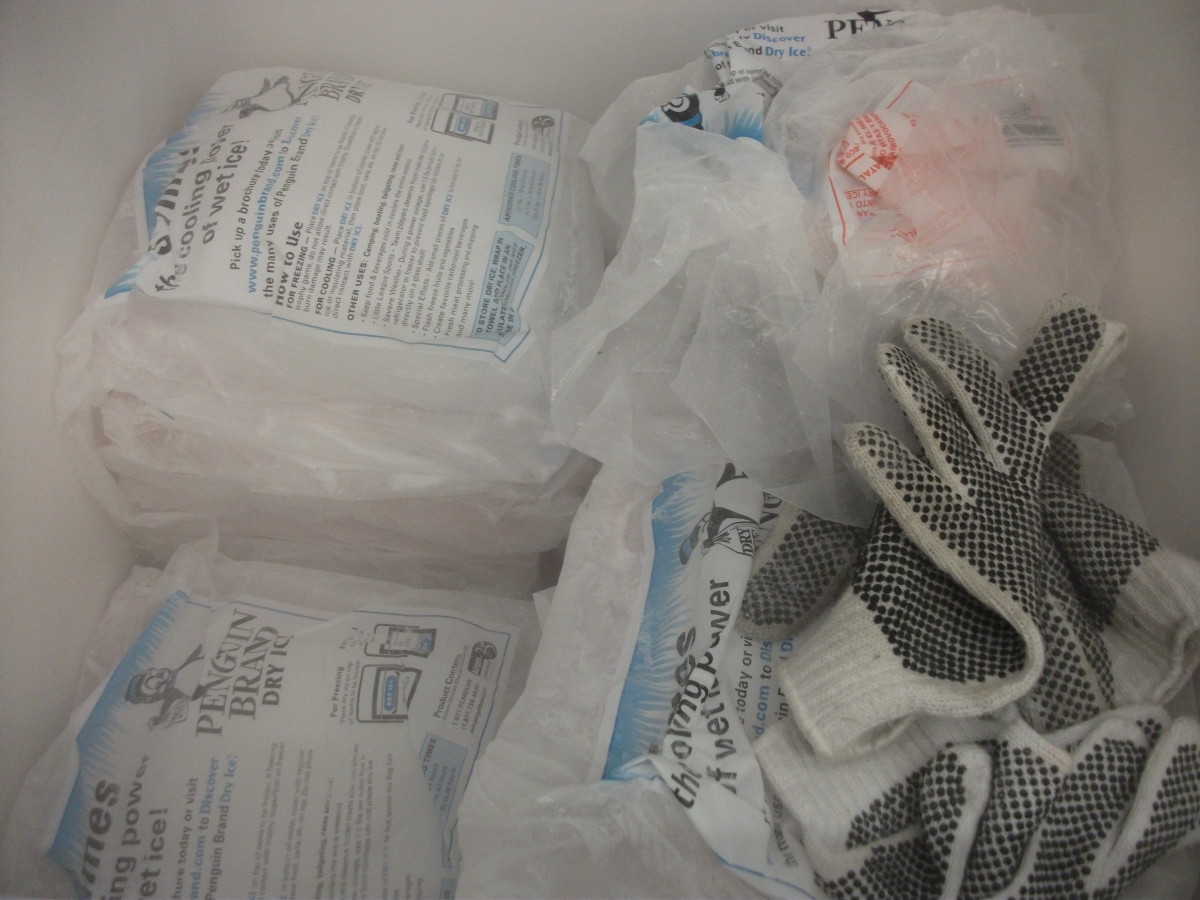
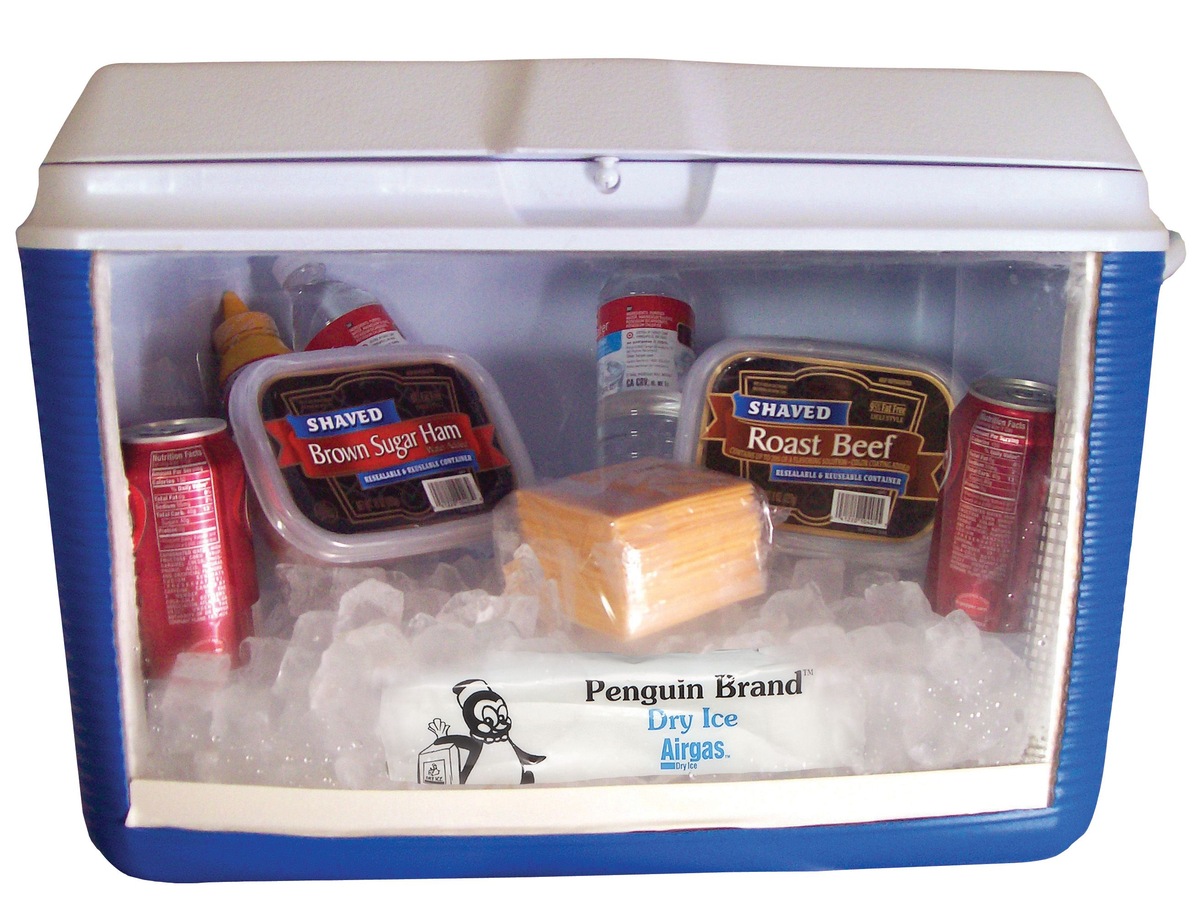
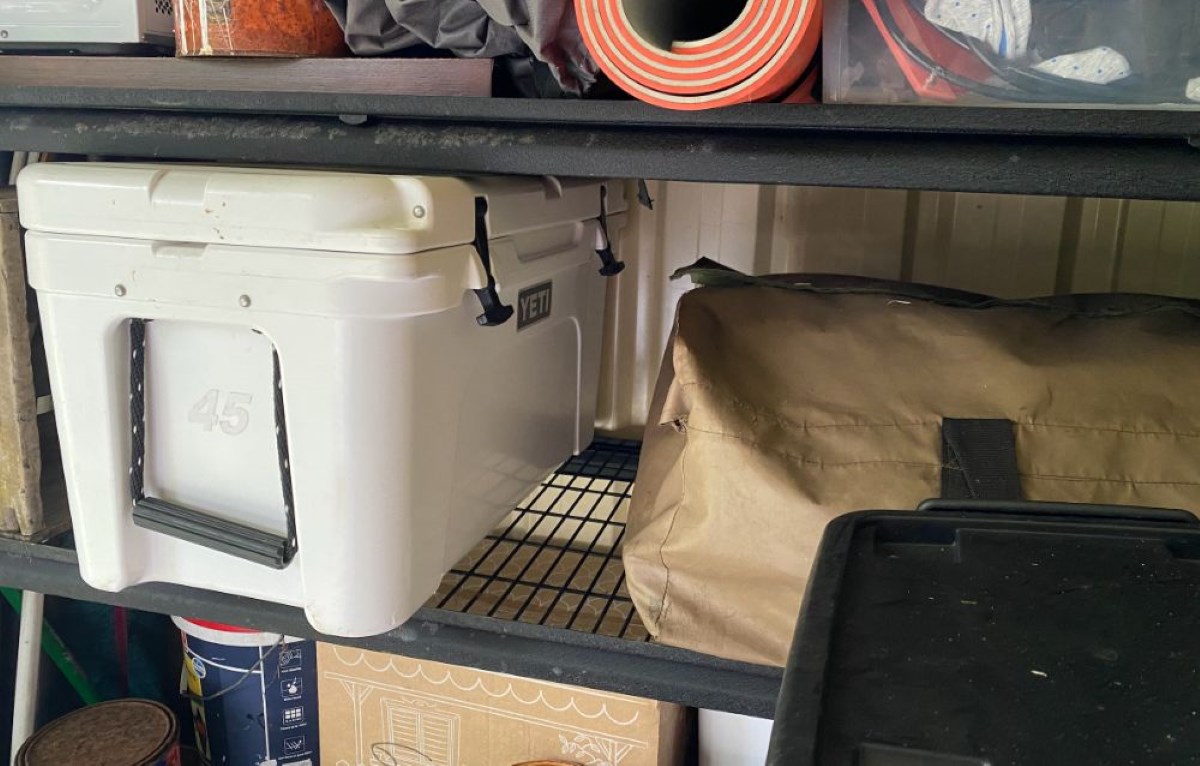
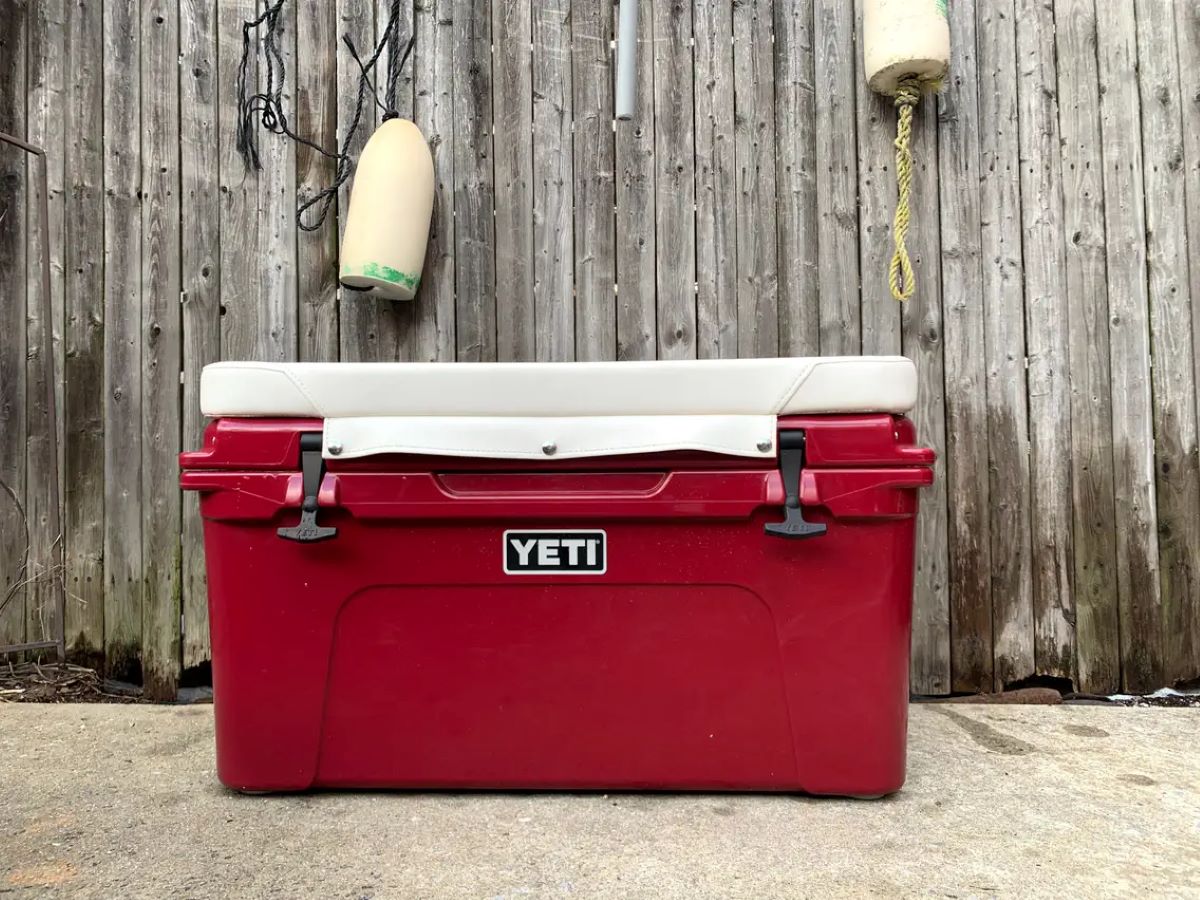
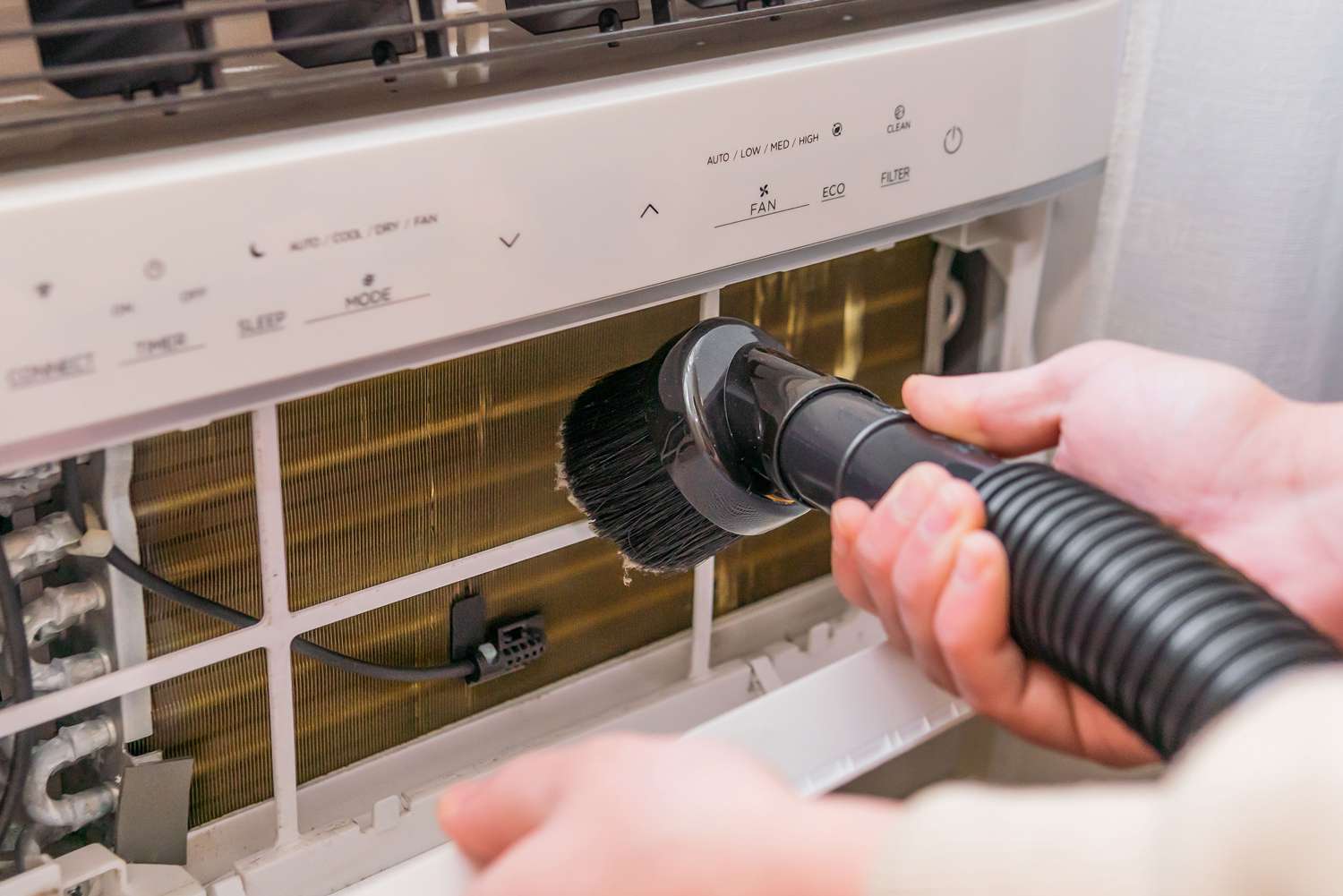
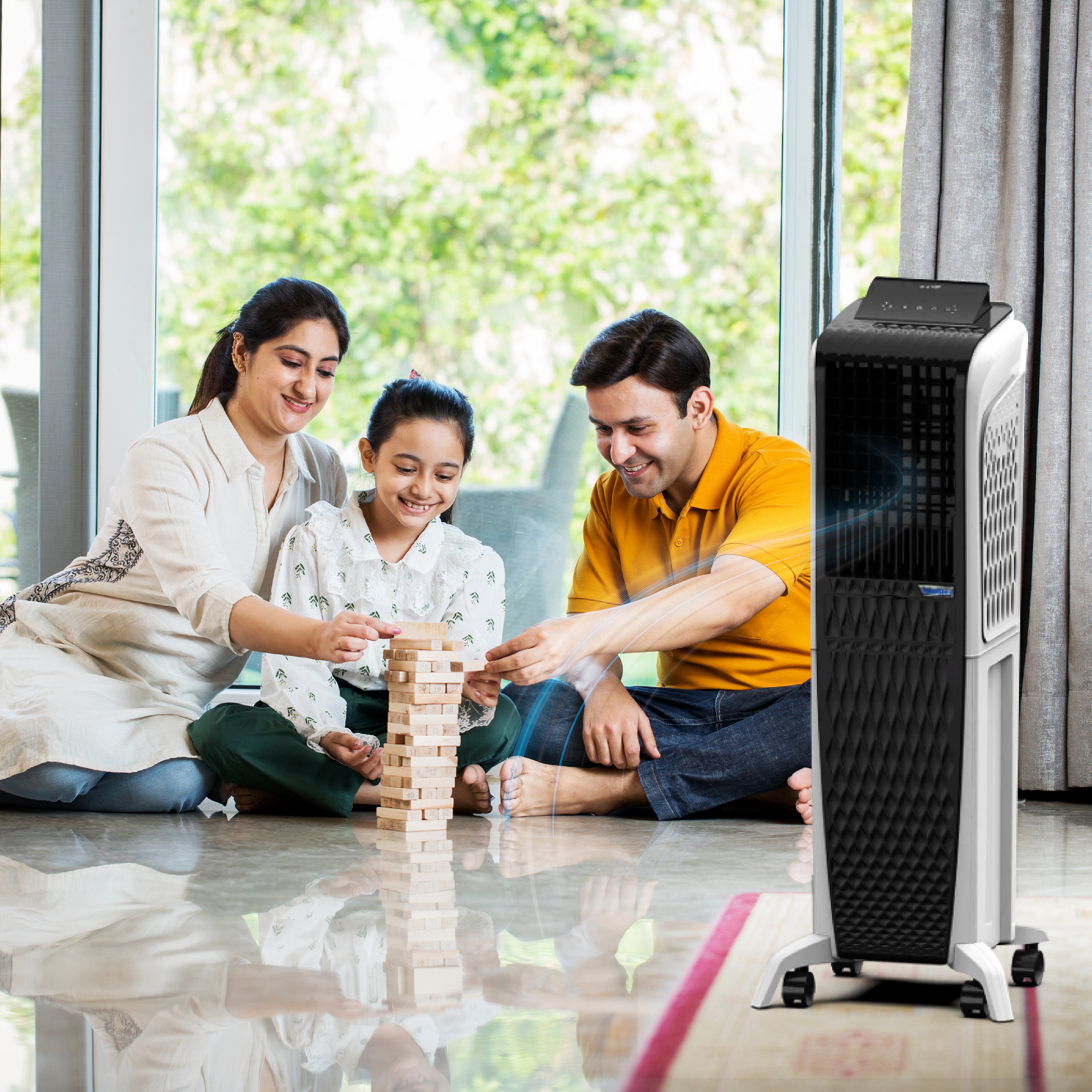
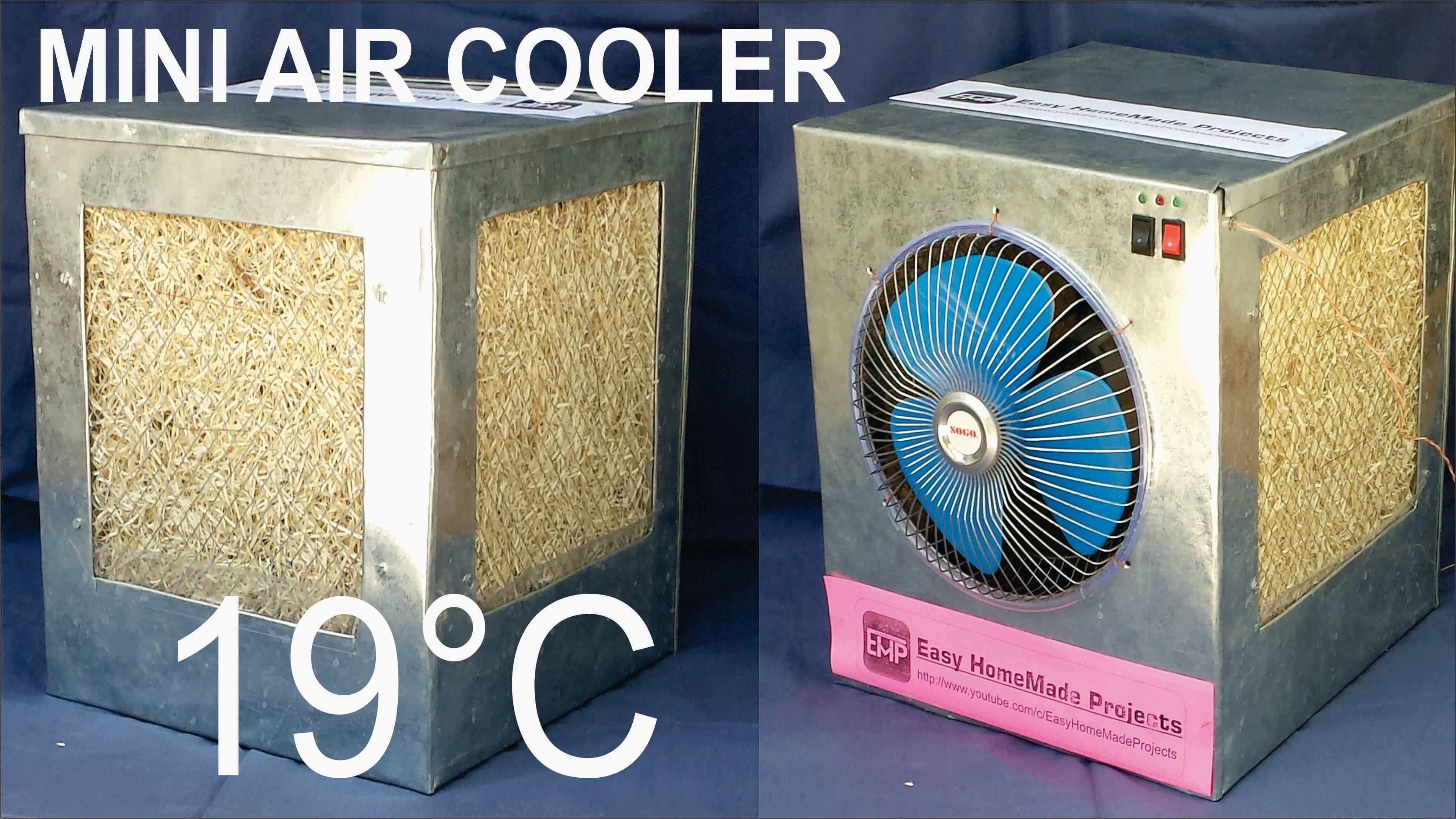
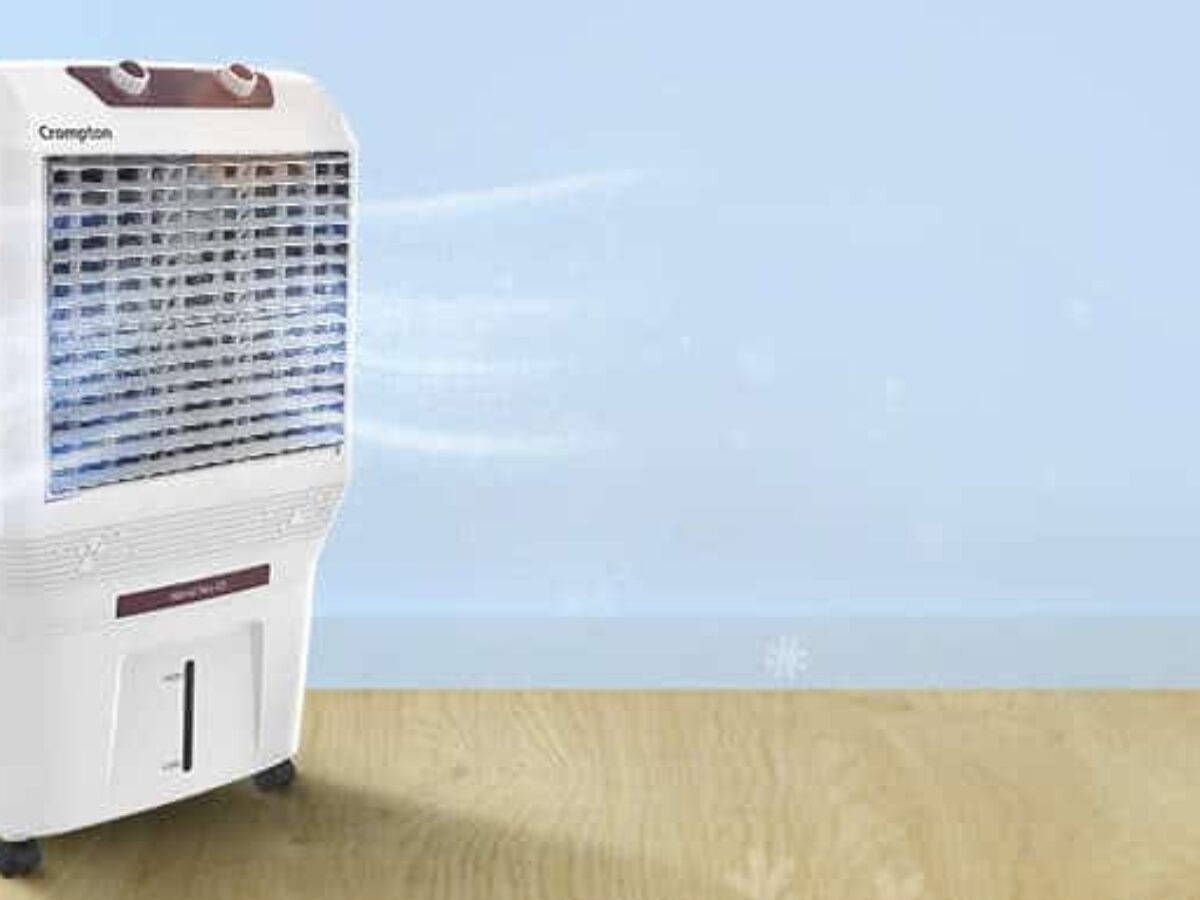
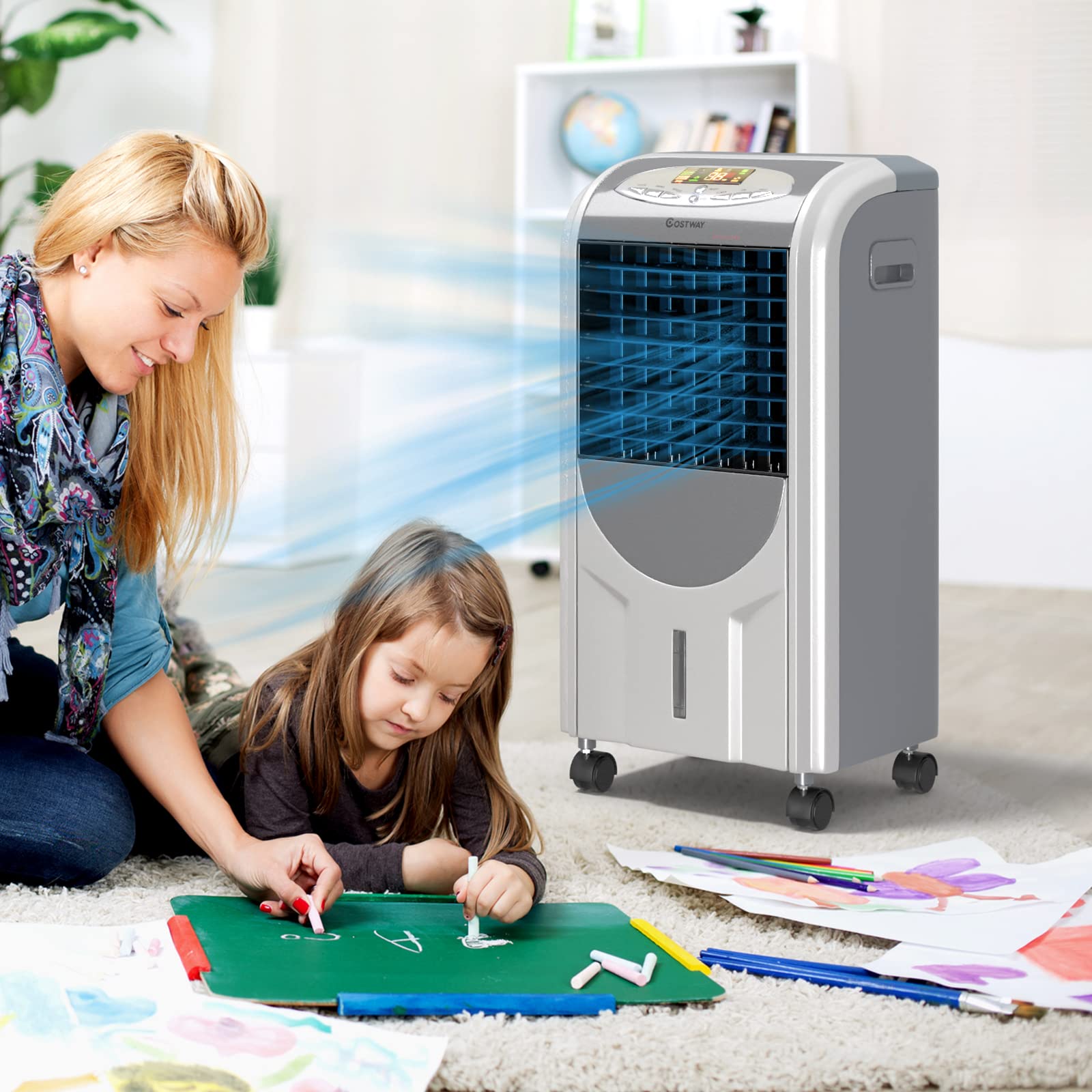


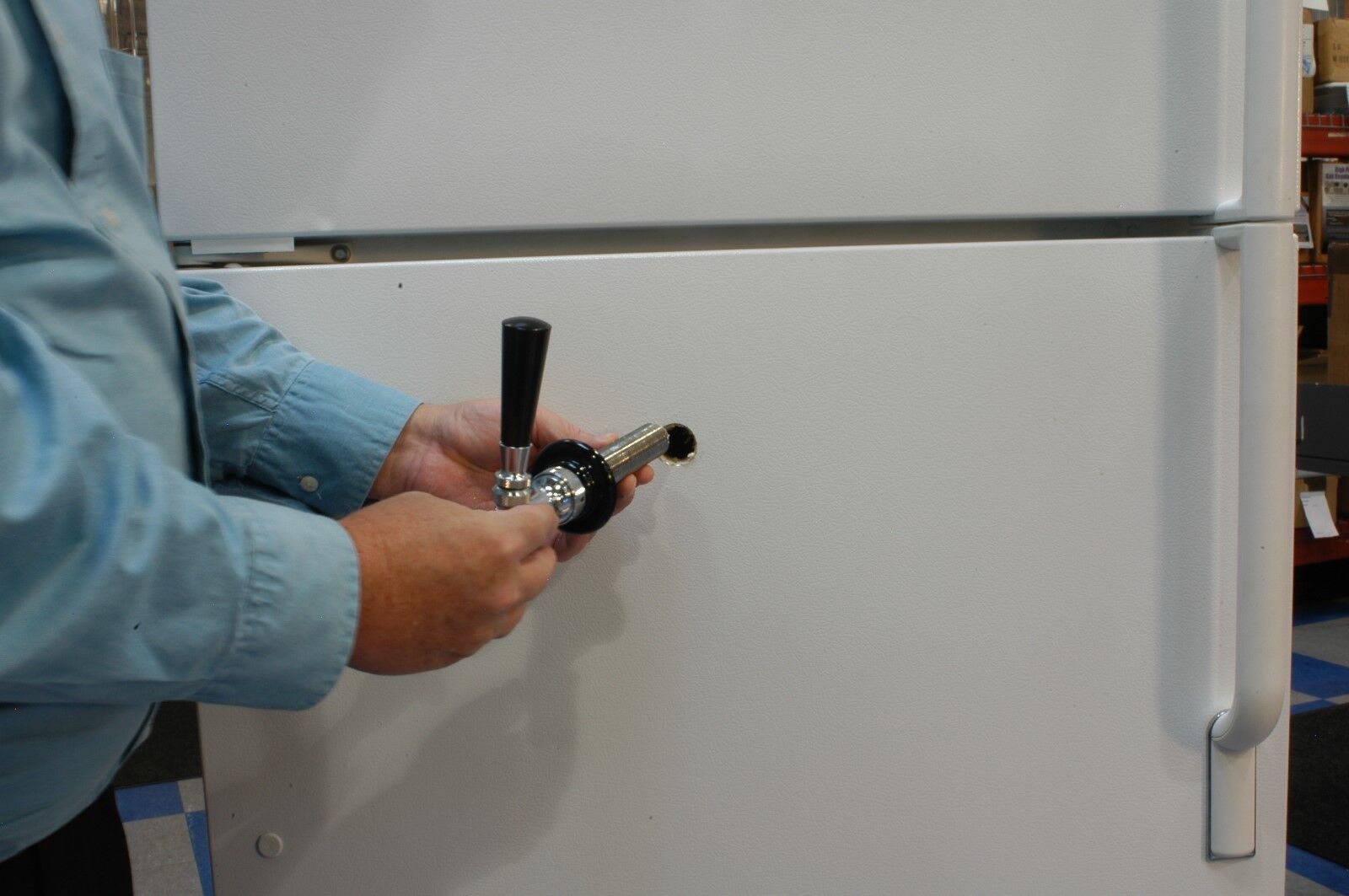
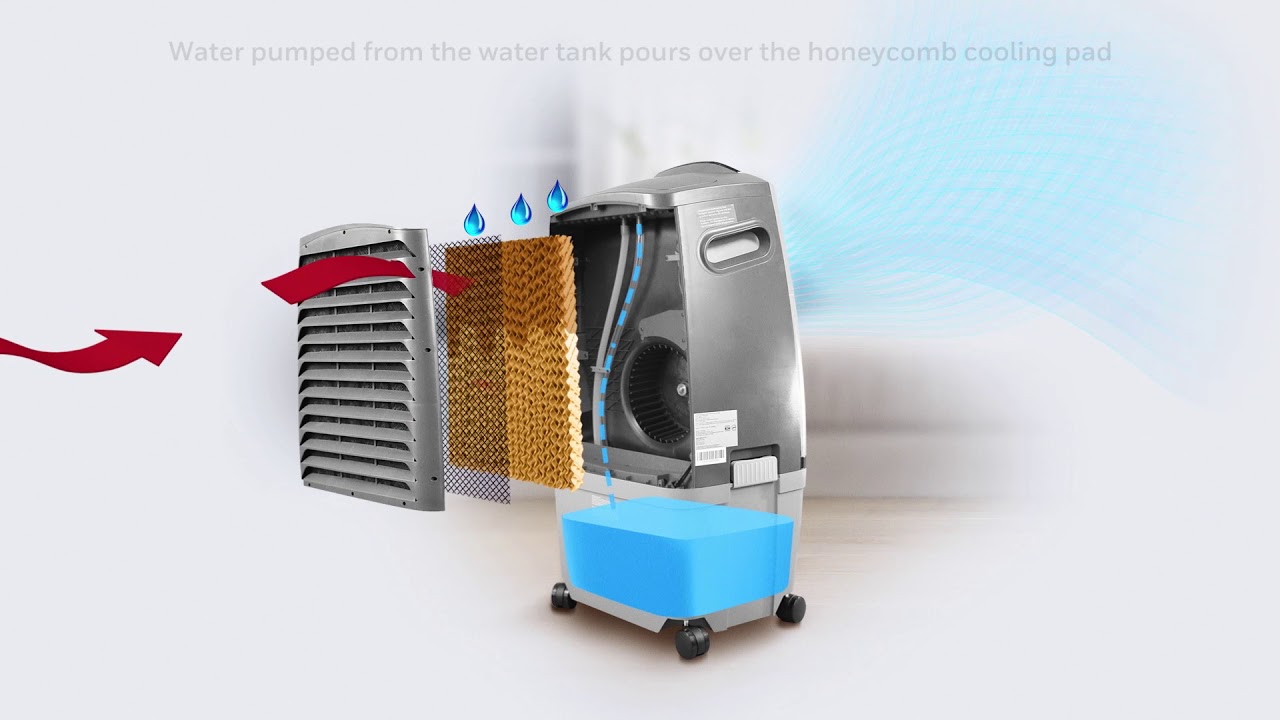

0 thoughts on “How To Store Food In Cooler”